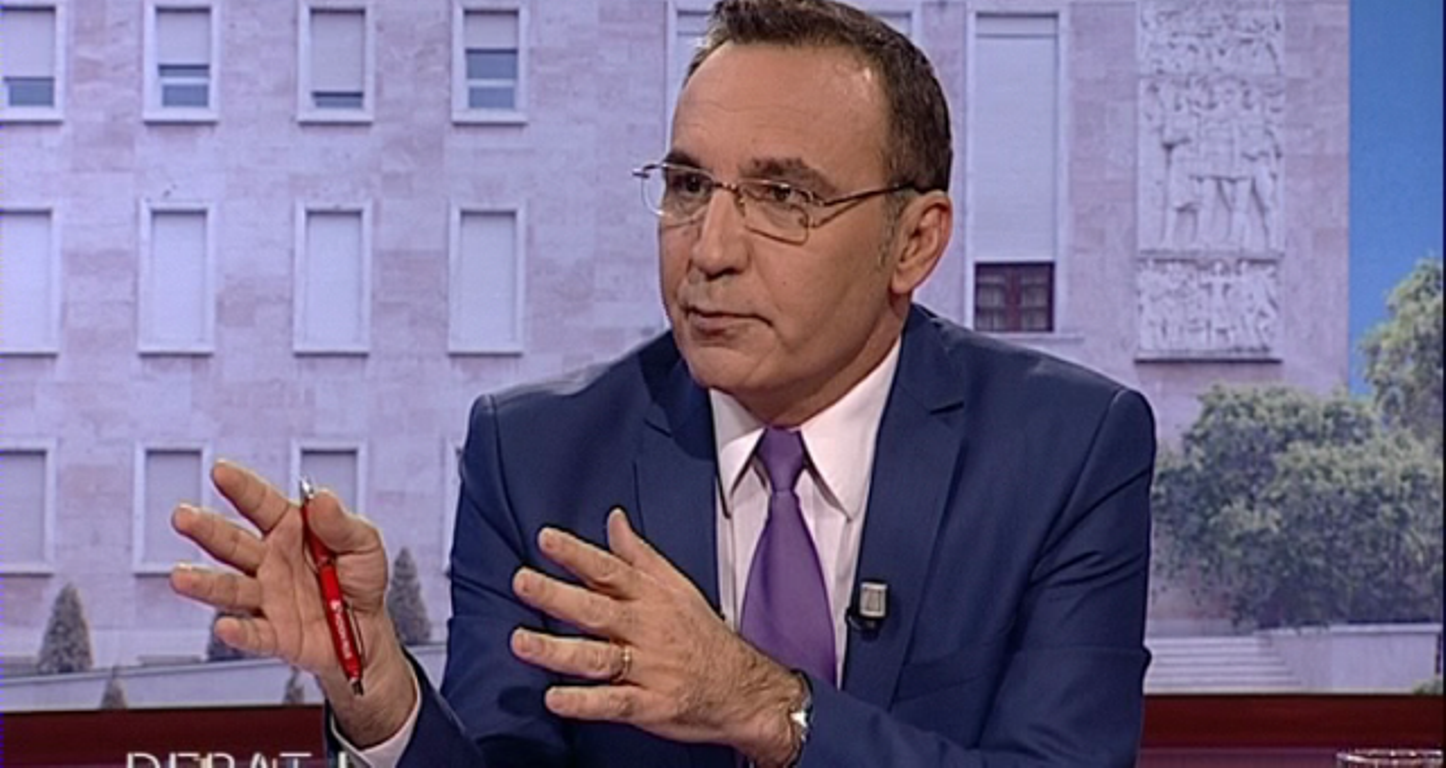
By Eduard Zaloshnja
The best way to analyze the burden of public debt on the economy is to measure it as percentage of Gross Domestic Product (GDP). This sort of indicator is widely used on the media and it’s easy to be grasped by the general population. Currently, public debt in Albania accounts for 70.8% of GDP.
Nevertheless, in finance, there’s also another indicator which is used to measure it: as a ratio of budget revenues. This indicator will reveal how many years it will take to pay off public debt if budget incomes are only used for this (and not on anything else such as salaries, pensions, investments, etc). In other words, this indicator measures a country’s ability to pay its public debt.
Last year, this indicator was 2.6, which means that it will take Albania’s state budget 2.6 years to pay off public debt if budget revenues are only used for this scope. This indicator (the number of years needed to pay off debt) is the highest in the countries of Western Balkans (Chart 1). Meanwhile, this indicator is higher for Bosnia and Herzegovina, Kosovo and North Macedonia, which means that they more abilities to pay debt.
When IMF launched its budget assistance program for Albania in 2013, aiming at assisting the new government to pay off debts incurred by the previous government, it was predicted that public debt by the end of 2018 would go down to 63.2% of GDP. Based on that scenario, ratio between debt and budget revenues would go down to 2.3 and not 2.6. What’s more, this year, the ratio would go down to 2 if the Albanian government had kept up with initial forecasts made by IMF.
But it wasn’t meant to be. As chart no. 2 clearly shows, the Albanian government has not been able to keep up with IMF projections. The main cause for this was the fact that budget revenues were lower than expected. Budget revenues still account for 28% of GDP, but this percentage is much lower than other countries such as Montenegro, Serbia and Bosnia, where budget revenues account for nearly 40% of GDP.
Note: The views expressed in this article are the author's own and do not necessarily reflect Albanian Free Press’ editorial policy





 ALB
ALB
 ENG
ENG
